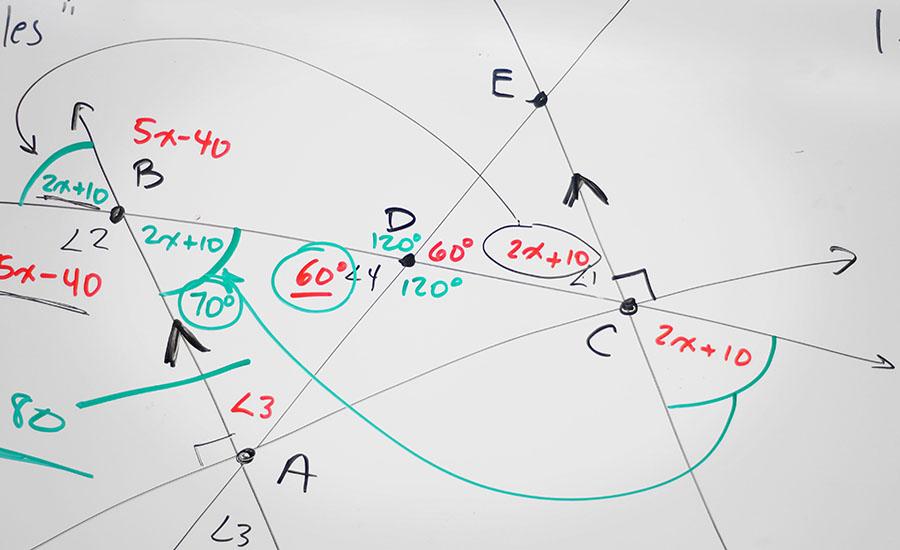In this lesson students will use simulations to collect data about changes in specific traits of a population over time. Students will then use the data create graphical models to explain natural
This is a third grade lesson focused on structure and function. In the lesson, students observe, investigate, and research chickens to create a model focused on the parts of a chicken and their
Students explore the world of the lesser long-nosed bat through a self-paced hyperdoc. This unassuming bat is responsible for pollinating some the most magnificent desert cacti. It faced extinction in
Introduction to Vermicomposting
Messin' with Mixtures
Spanish Retell of The Three Little Pigs -Los tres cerditos: y el lobo feroz using Beebots for Coding
Featured Lesson Plans
Check out these notable lesson plans.

Students use Google Earth Timelapse to observe changes to glaciers over time before completing an investigation on the effects of melting sea ice and land ice on global sea level rise. This

This is the second lesson plan that goes with the series of four lesson plans for the book Song for a Whale by Lynne Kelly. This lesson focuses on vibrations, sounds, and music. The final project is

SNOW
This lesson includes literacy, math, and art about snowflakes. Within math, students will dive into an analysis of angles within a common snowflake. Students will listen to an informational text about


